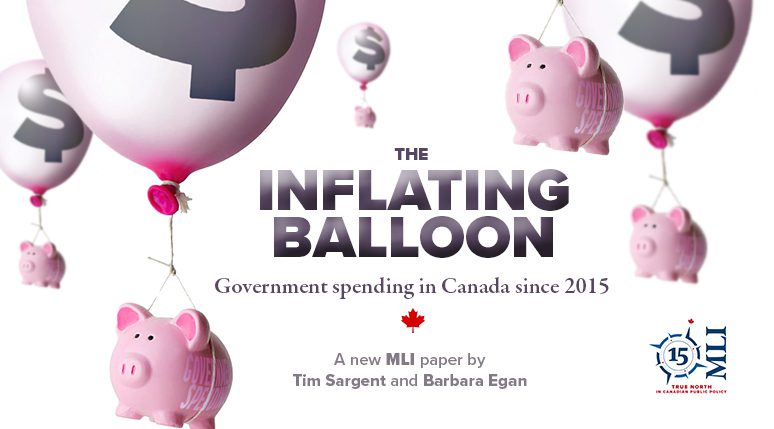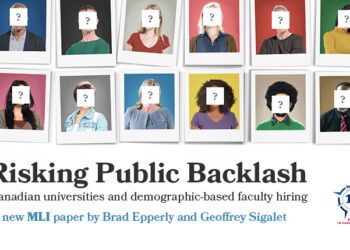By Tim Sargent and Barbara Egan
April 1, 2025
Executive Summary
Government spending in Canada has grown rapidly since 2015 – by 58.3 per cent between 2015–16 and 2023–24 – with federal spending increasing the most.
Where has all this money gone? The biggest dollar increases have been in social programs, such as Old Age Security, the Canada Pension Plan, Employment Insurance, and provincial social assistance; the second-biggest dollar increase has been in health care. The biggest percentage increase in spending has been in environmental protection, where spending is now more than double what it was in 2015–16.
Documenting where the extra money has gone is one thing: knowing whether it was well spent is another. For this paper, we reviewed three sectors for which we have data on both spending and outcomes: education, health care, and public safety. We also looked at aspects that governments can influence. For instance, while life expectancy is one way to measure health care outcomes, there are many influencing factors that affect lifespans that governments can’t control.
Unfortunately, it seems that Canadian taxpayers aren’t getting enough bang for their bucks:
• Health care spending grew significantly with no corresponding reduction in wait times for surgeries – indeed, wait times actually increased while the number of surgeries per person over age 60 declined.
• Despite spending more in real terms on education, secondary student performance on international tests of reading, mathematics, and science has deteriorated markedly since 2015.
• Both violent and non-violent crime has soared in Canada since 2015. However, many factors influence crime rates, including some beyond the control of governments. So, we examined the output of the court system (numbers of decisions and guilty verdicts), and the performance of the prison system (by measuring incarceration rates). We found significant declines across the board, despite an increase in real resources for the sector.
Overall, despite soaring government spending since 2015, government appears to be producing less – at least in the areas of education, health care, and public safety. Of course, these sectors are not all, or even most, of what government does in Canada. However, they are important, and if performance in these sectors is poor, how badly are governments performing in other harder-to-measure areas?
Some argue that the answer to poor performance is to spend even more public money. However, without significant structural changes in these sectors, the poor outcomes are unlikely to change.
Furthermore, with government already absorbing more than 40 per cent of our economic output, and with pressure from the United States to spend more on defence and border security, Canadian governments simply can’t afford to spend more on health, education, and public safety. Indeed, Canada’s poor productivity performance indicates that we should be cutting the size of government to free up resources for the private sector.
There is an urgent need to reform the way Canadian governments deliver their services: the alternative is a high-tax society with low-quality public services, something that Canadians are unlikely to tolerate indefinitely.
Read the full paper here:







